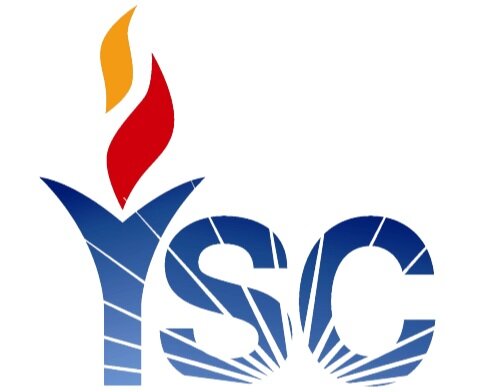Local heroes, legendary service
Local heroes
Country Australians have always been to the fore when the bugles sound and the cry goes out for men and women to defend their country. Yass and district is no exception. Locals have served with distinction in every conflict in which Australia has been involved since the South African (Boer War, 1899-1902).
Yass Soldiers Club celebrates our service men and women and honours the memory of their sacrifice.
Banjo Paterson, who is commemorated at Binalong, spoke in Yass of his experiences during the Boer War during a visit to the town in 1900.
Boer War: 1899 to 1902
Banjo Paterson, who had strong connections with the region, went to South Africa as a war correspondent for the Sydney Morning Herald in 1899. He visited Yass in October 1900 and delivered a lecture on “Australians in action” which drew a large crowd and was very well received.
Volunteers from Yass included Fred Mote, William Murphy and Charles Tonkin. Private Tonkin, who saw action at the Zand River, was the first Yass soldier to be wounded. He returned in September 1900.
As a consequence of the outbreak of the war a cadet corps was established. On December 8, 1899, members were camped out along the Murrumbidgee River. Two boys went for a swim and, getting out of their depth, vanished beneath the surface. Others went to their rescue and by the time help had arrived four of the party had drowned.
The War Loans Tank visited Yass in 1916 shortly before the end of World War I. This picture was taken in South Australia.
World War I: 1914 to 1918
Following the declaration of war in August 1914 Yass had established a “Patriotic War” fund. It had raised 660 pounds within a fortnight of the outbreak of hostilities.
Men from the town and surrounding villages and farms were quick to volunteer to serve. Numerous locals served at Gallipoli. The first man from Yass to be killed on Gallipoli was Private Arthur Grieve. Lance Corporal Harold Williamson was the second. Both died on May 5, 1915, less than a fortnight after the landing. Bruce Eager, who was killed in July, was the third local to die on the peninsula.
In 1915 a recruiting march, similar in concept to Gilgandra’s famous Coo-ee March, departed Yass for Sydney on December 15. The marchers called themselves The Kangaroos.
Meanwhile back at home Yass’s ladies rallied under the leadership of Miss M Yeo to form the first Red Cross branch in NSW outside Sydney and Newcastle. Miss Yeo was presented with the Red Cross’s long service medal in 1947.
A total of 13 recruits left the town in April 1916, the first year Anzac Day was celebrated locally. Local observances are believed to have been held every year ever since.
When referendums on conscription were held in 2016 and 2017 locals came out strongly against the proposal rejecting it by two to one on both occasions.
When news broke of the signing of the armistice in November 1918 locals took to the streets singing and dancing. Church and fire station bells clanged, flags were flown from every available space and the band played itself almost into a state of exhaustion.
Very well attended church services were also held over the following days.
The War Loan Tank, promoting the sale of war bonds, visited Yass shortly before the end of the war.
In the following years consideration was given to the question of a suitable war memorial. This resulted in the erection of the Soldiers Memorial Hall which was officially opened on Monday, March 5, 1923.
The ceremony was performed by Brigadier-General Harold Edward “Pompey” Elliott and the hall remains one of the most impressive structures along Comur Street.
To be continued …
Yass and district residents contributed substantial sums to the war bond issues.




